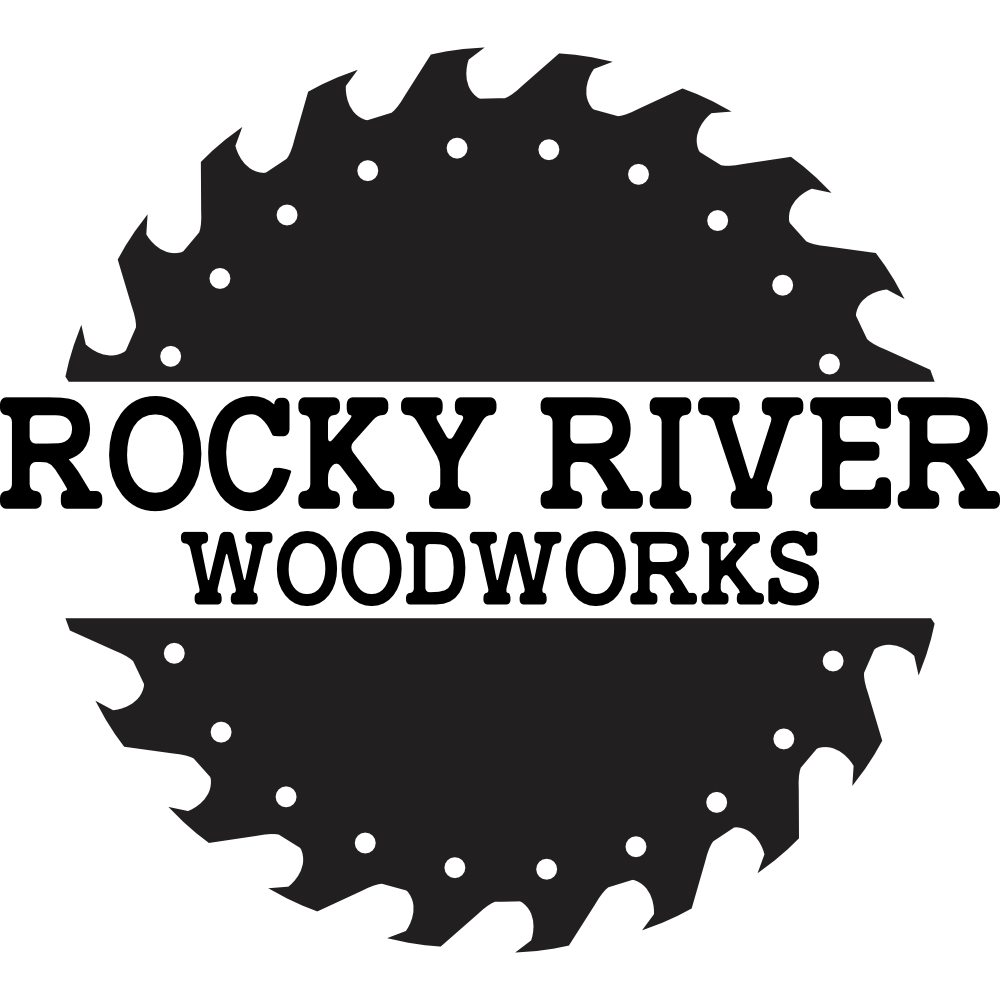Shop Storage Cabinet
The dimensions of my cabinet are 31 1/2″ wide by 41 1/2″ tall by 12″ deep. All material is either solid oak or 3/4″ thick oak plywood. The panels of my cabinet doors are 1/4″ thick Birch, however.
I begin this project by breaking down a 3/4″ thick sheet of Oak plywood on my table saw.
I then drill pocket holes on the appropriate edges of the sheets of plywood. The bottom and top pieces will only get pocket holes on 1 of the long edges, the side pieces will get pocket holes on all edges except 1 long edge, and the back piece will get pocket holes on all edges.
Once all of the pocket holes are drilled, I begin assembly. I like to build everything around the back piece; so I start by attaching both side pieces to the back piece, and then attach the top and bottom pieces to the assembly.
After the carcass is assembled, I work on the face frame. I make my rails and stiles 1 3/4″ wide with a depth of 3/4″. The face frame will have a 1/2″ overhang in all areas. So, the rails need to be a total of 1″ longer than the width of my carcass, and the stiles need to be cut to a length that when added to 3 1/2″ (1 3/4″ rail x 2 for top and bottom) are 1″ longer than the height of my carcass. I make the face frame pieces from solid oak.
Once all pieces are milled and cut to their respective lengths, I begin assembly of the entire face frame. I do this using pocket holes on the stiles that get screwed into the rails on both the top and bottom. The last thing I do is make a center stile that is the same length as my 2 side stiles but is a width of 2″. This will be where the door edges will reside. I install the center style onto the assembly with pocket holes as well.
Now that I have an entire face frame assembly, I lay it out on my cabinet carcass, ensuring that there is an even reveal on all edges (the reveal should be 1/2″ on all sides). Once the face frame is in the correct position, I affix it to the cabinet carcass using pocket hole screws that go through the pocket holes on the edges of the carcass and screws into the back portion of the face frame.
The next steps is to make some cabinet doors. I have a separate post and video for making cabinet doors that I invite you to check out!
I install the cabinet doors onto the face frame and ensure they opening and close smoothly and are in line with each other and level.
I now cut a strip of plywood in half on a 45-degree angle. I screw half of the strip to the back of my cabinet and the other half to the wall in my shop. This will act as a French cleat system to mount my cabinet.
I get the cabinet in place, touch up and sand a few areas, and this project is now complete!

